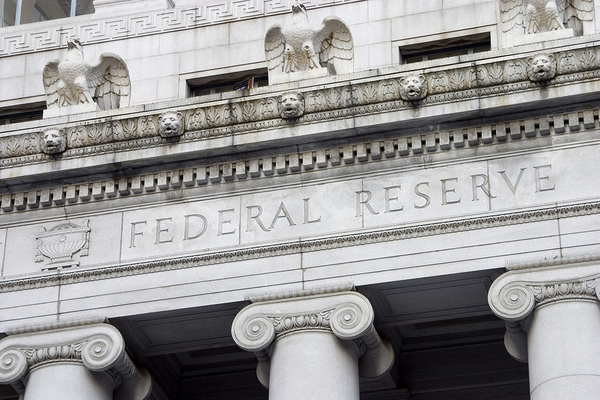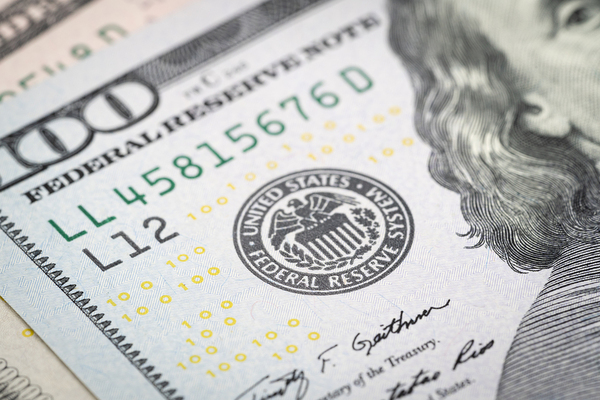View Sale Announcement Detail


Archived news
EXCERPT: The US Treasury is selling bonds at a negative interest rate for the first time. The bonds are inflation-protected, so the interest rate can certainly increase in the future, but for now, they yield a negative 0.550 percent, which mirrors foreign countries that are stuck in slow or no-growth economies.
 The Federal Reserve is expected to begin a new round of asset purchases as inflation-protected securities are selling at negative yields.
The Federal Reserve is expected to begin a new round of asset purchases as inflation-protected securities are selling at negative yields.
For the first time, US Treasury bonds are selling at negative interest rates as the Federal Reserve is expected to take on a wave of asset purchases. Analysts believe that such transactions by the central bank could lead to a boost in inflation.
According to the US Treasury Department, five-year inflation protected bonds were auctioned off at a negative yield of 0.550 percent. While the auctioning off of Treasury Inflation-Protected Securities (TIPS) - which are a form of bond that is designed to protect against inflation - took place, Wall Street indexes inched up thanks to robust corporate earnings and an increase in housing sales.
The stock of negative-yielding debt across the globe now exceeds $17 trillion, as heightened volatility in the market is triggering stronger activity in this year's bond rally.
Demand For Inflation-Protected Securities Strengthens
The recent results point to strong demand for inflation protected securities, and the price of inflation protection today may be worth it because of the anticipation of a return of inflation in the near future. Policymakers with the Fed are expected to make an announcement regarding a new round of asset purchases following their November meeting.
Now, 30 percent of all investment-grade securities feature less-than-zero yields, virtually guaranteeing a loss for investors who buy and hold their debt to maturity. But investors are still buying in an effort to take advantage of more hikes in bond prices and healthy hedging rates across currencies, as well as to ward off losses elsewhere.
This negative-yield situation is increasing speculation of a bond bubble, minimalizing a viable source of income for pension funds, and encouraging riskier businesses to leverage their assets.
 Investors are open to taking a loss in an effort to hedge against risks of inflation.
Investors are open to taking a loss in an effort to hedge against risks of inflation.
Italian-based securities are among those incentivizing the stack to increase following a new coalition government that's strengthening confidence over Italy's financial discipline. Corporate bonds are also playing a key role in this situation, with Siemens AG recently drawing the biggest negative yield.
There is speculation that the negative-yielding debt will continue to grow, given the potential signs of a global recession and the ongoing trade war between China and the US.
How Can Bonds Have a Negative Yield?
Bonds can have a negative yield when investors purchase them for more than their face value. If the entire amount of interest that the bond pays over whatever remains in its lifetime is less than what was paid for the bond's premium, a loss will be realized, and the bond will have a negative yield.
Investors are more open to paying more and will even risk taking a loss in exchange for more predictability, reliability, and liquidity that they can get from government and high-quality corporate bonds. There may be not many other safe options for investors.
Banks to Hedge Against Risk By Strengthening Their Loan Portfolios
Despite the current climate, financial institutions would be well-advised to take a proactive stance with their loan portfolios by trading in weak assets for stronger ones through a series of loan sales and acquisitions, and Garnet Capital can help with that.
Sign up for our newsletter today.
Garnet Capital Advisors 500
Mamaroneck Avenue, Harrison, NY 10528
(914) 909-1000
info@garnetcapital.comGarnet Capital Advisors 500
Mamaroneck Avenue, Harrison,
NY 10528
(914) 909-1000